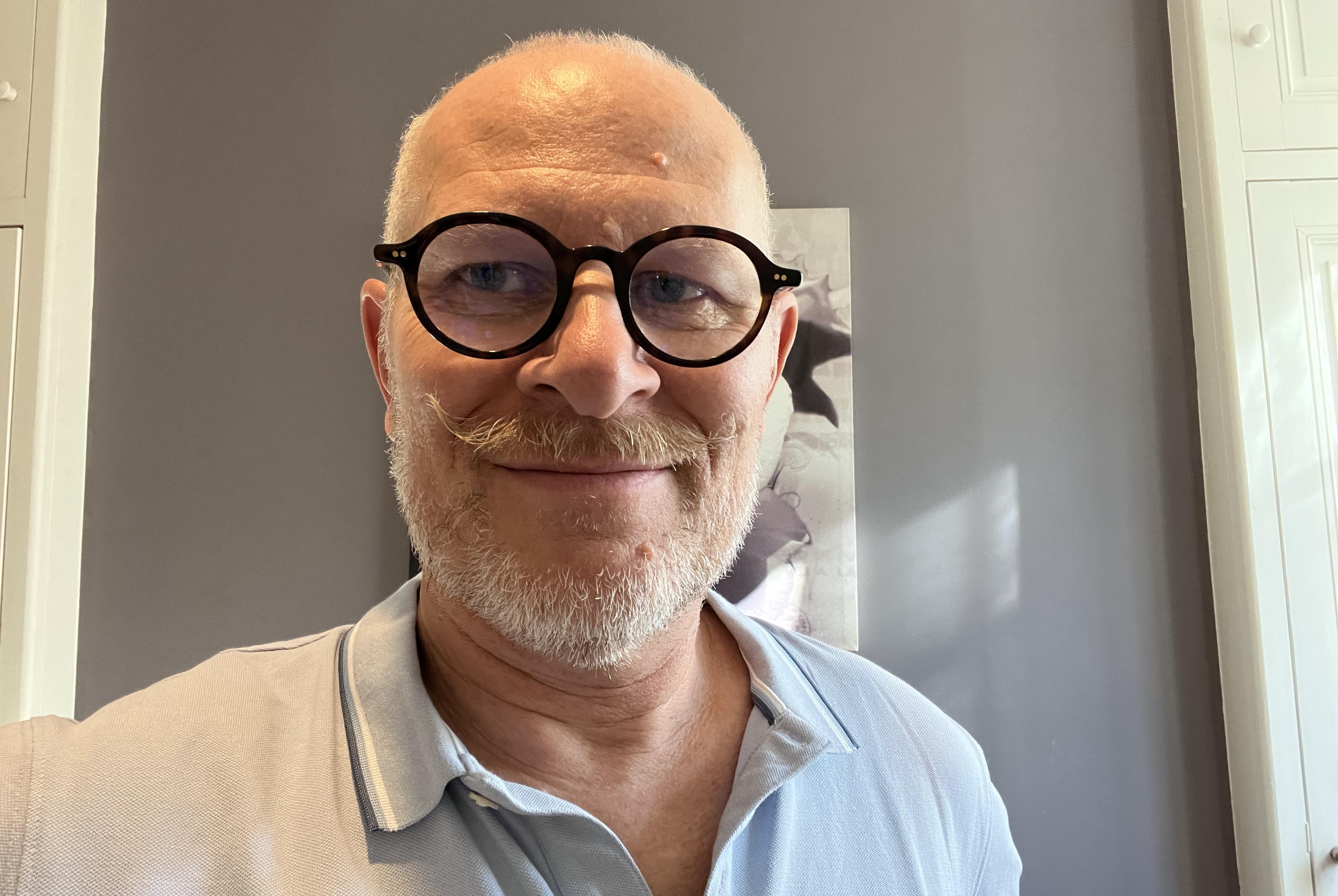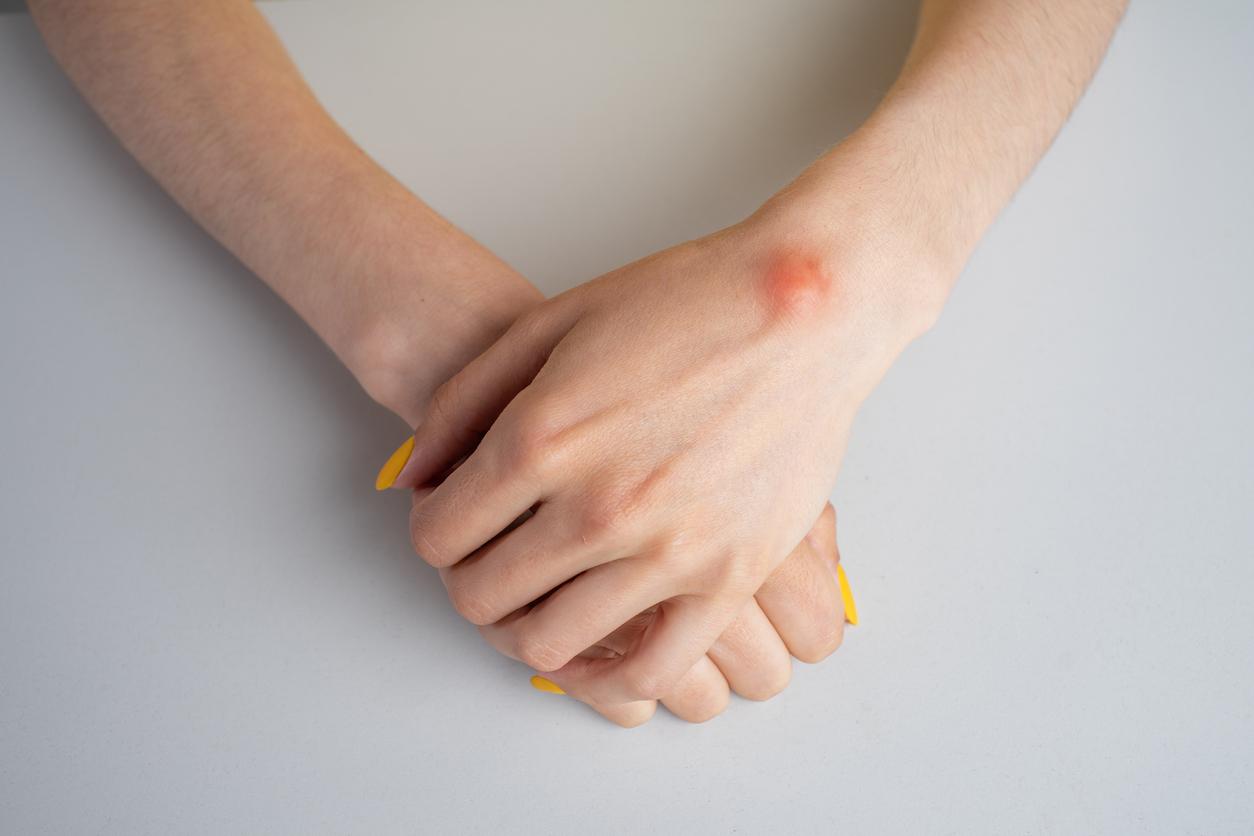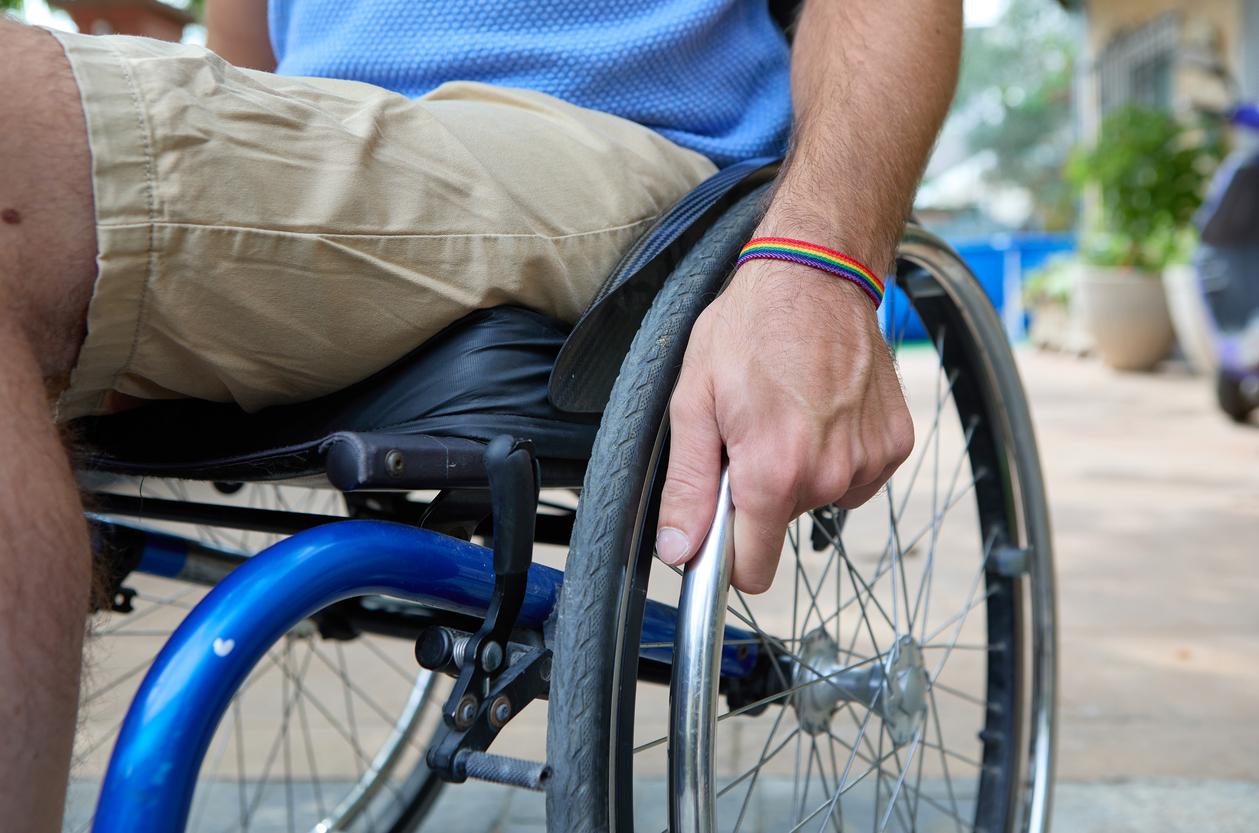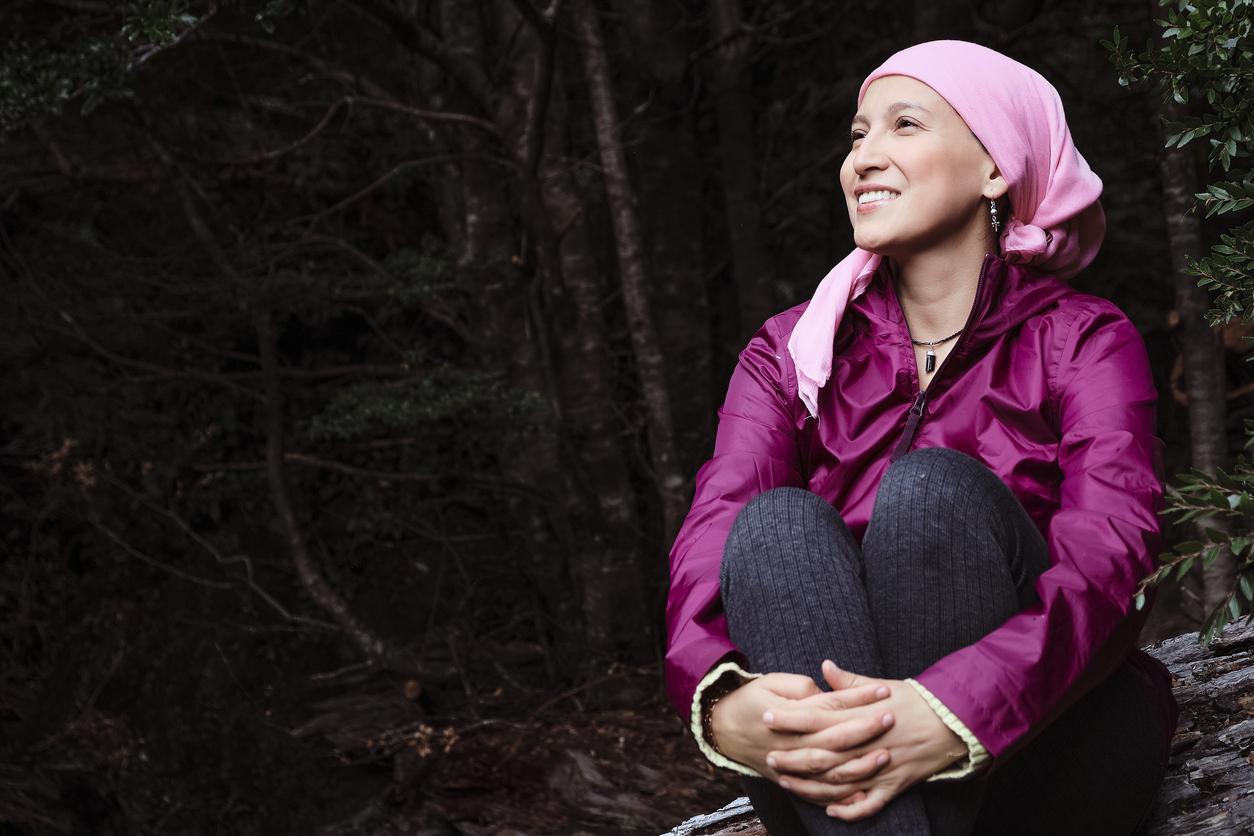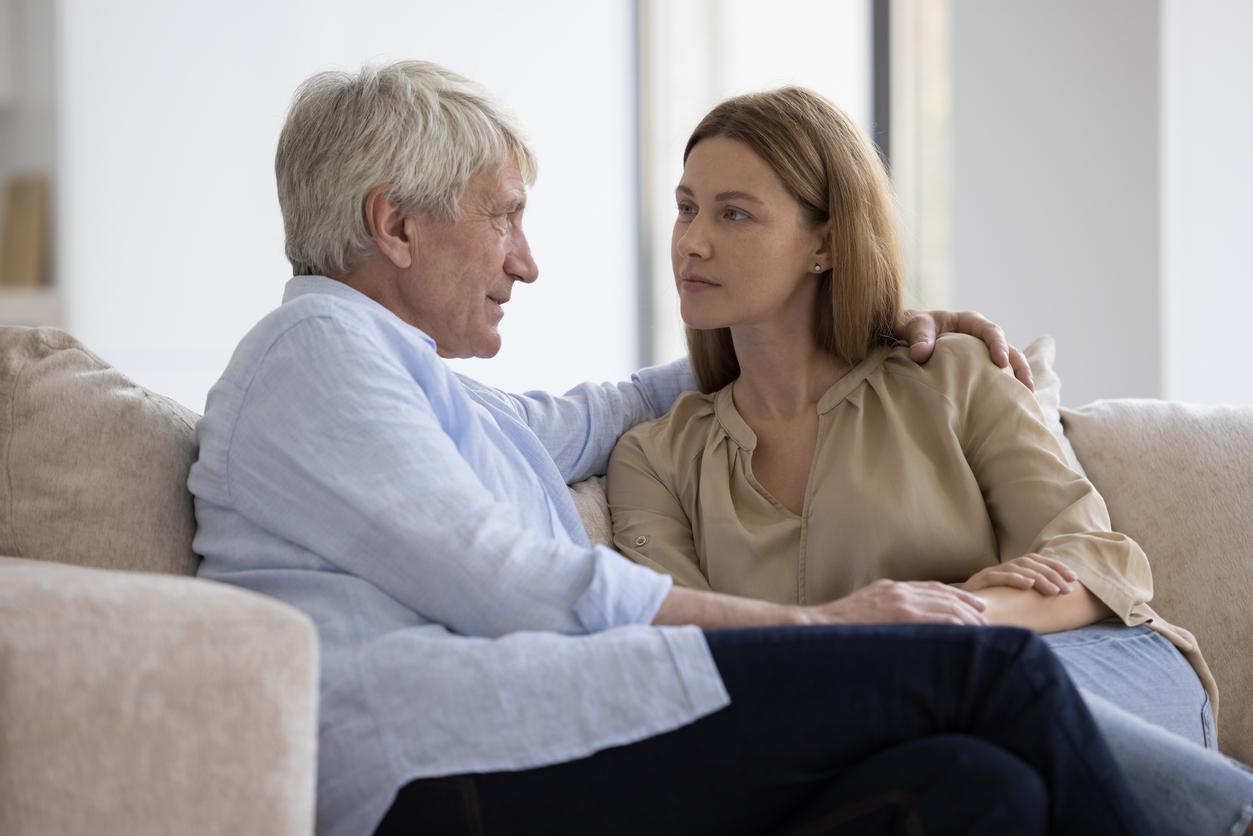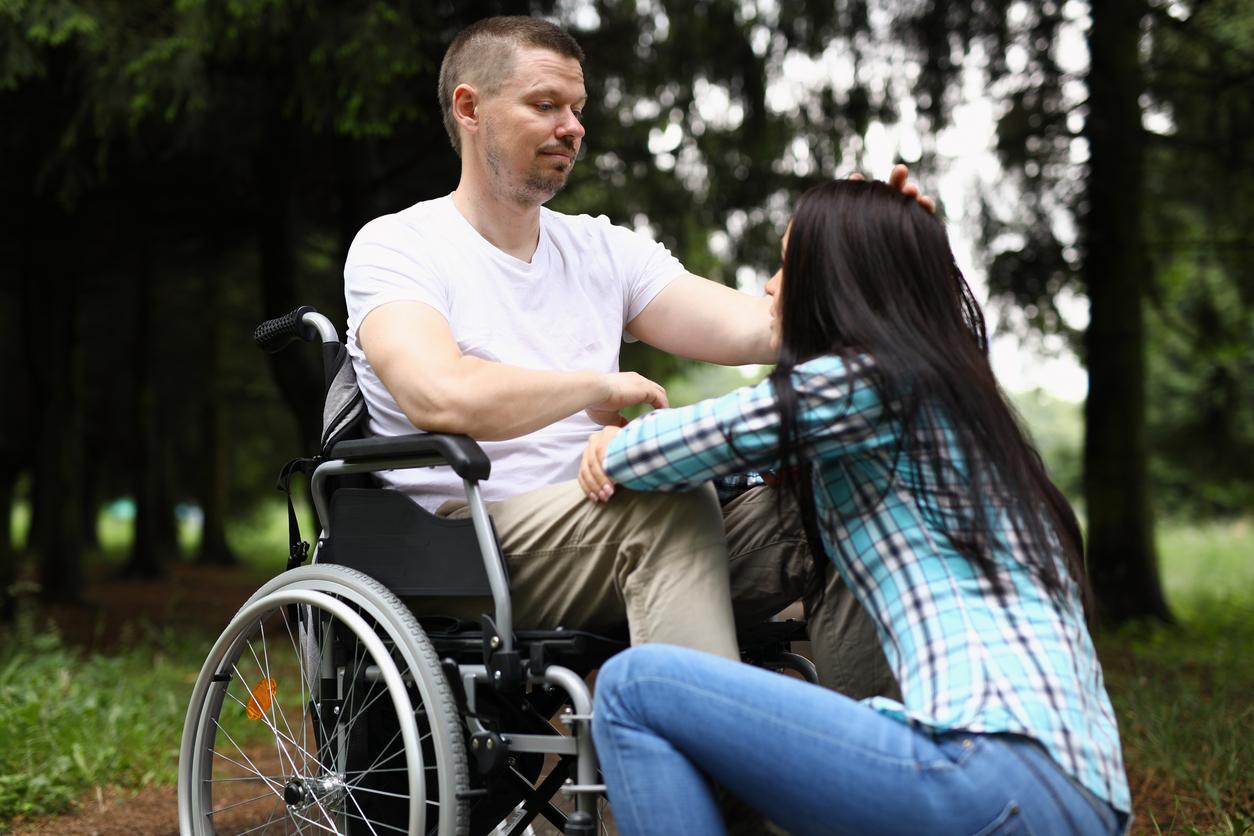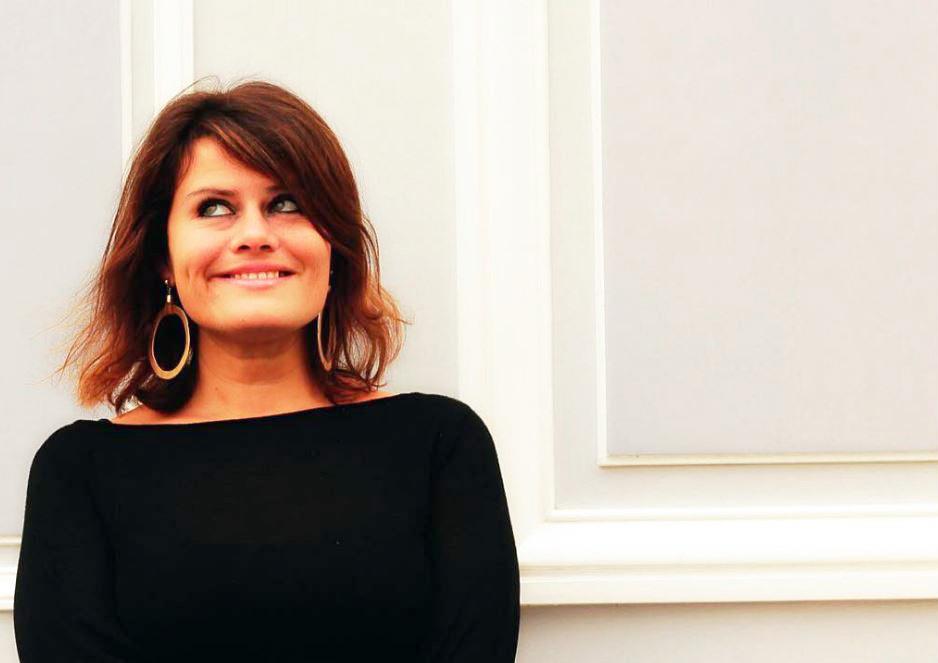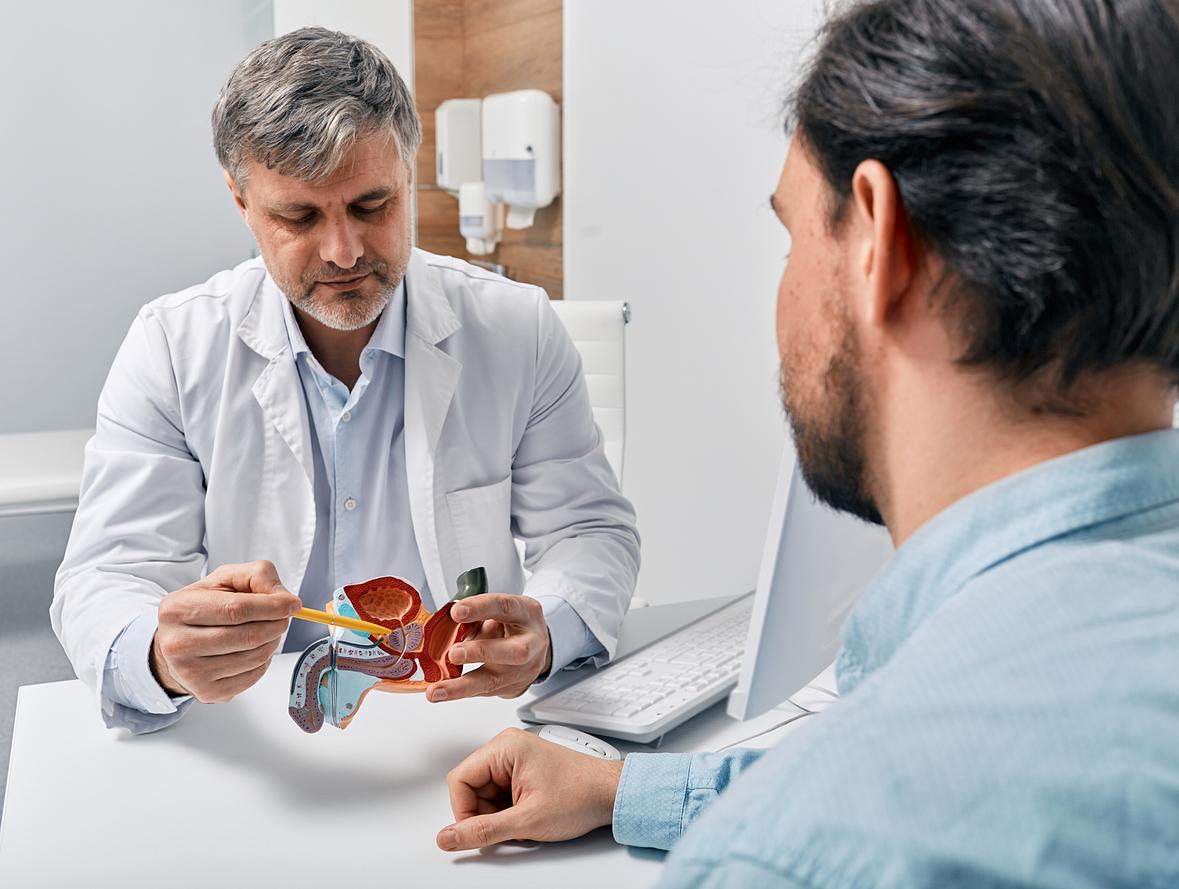After several years of diagnostic wandering, doctors have managed to put words to the ailments of Valérie Gisclard suffering from “hypermobile type Ehlers-Danlos syndrome”. She tells how she continues to enjoy life despite her disability caused by this hereditary disease.

- In France, one person in 5,000 suffers from Ehlers-Danlos syndrome of the hypermobile type.
- The cause of Ehlers-Danlos syndrome of the hypermobile type is still unknown. On the other hand, genes responsible for the occurrence of the 13 other types of the disease have been identified.
- This disease is associated with comorbidities, such as proprioception and neuromuscular disorders.
“When I was little, I was taken for a cozy and clumsy girl, who always had pain somewhere. Standing up hurt me, going to school tired me. I went to bed at night exhausted from pain and I was writhing all over the place. Sometimes I jerked my wrist when it was locked or I tugged on my toe when it was dislocated. As a teenager, I had a dislocated wrist while cheering at a handball game, a dislocation in the shoulder just while sleeping or a dislocation of the jaw while eating a piece of bread”, remembers Valérie Gisclard, 54 years old. At that time, she did not tell her parents about her physical suffering, because she thought that “it was normal”. From an early age, the patient had learned to adapt and to live with her numerous pains in order to be able to do almost everything like the others.
“I ended up in a wheelchair without knowing what illness I had”
Over time, his pain persists and intensifies. In her late thirties, the mother of twins can no longer walk. She is forced to use an electric chair prescribed by a multidisciplinary team and to make several stays in rehabilitation. “I couldn’t look my loved ones and others in the eye, because I ended up in a wheelchair without knowing what illness I had. It had an impact on my professional, personal, couple and family life. mom”, confides the fifty-year-old.
For several years, she consulted various specialists. “Some doctors said that I had multiple sclerosis, then another day it was another pathology. At 40, the definitive diagnosis was made. I learned that I had Ehlers- Danlos of hypermobile type”, says Valérie Gisclard. Ehlers-Danlos syndromes are a group of inherited connective tissue diseases that directly or indirectly affect collagen, the most abundant protein in the body. They are characterized by hyperelasticity of the skin, joint hyperlaxity and fragility of the supporting tissues.
Diagnostic wandering: “I was relieved, because I knew that I was not crazy”
“This diagnosis was a deliverance. I was so relieved, because I knew I was not crazy. After putting words to my pain, I managed to raise my head and hold the gaze of others. And then, when we understand why we suffer, we have less pain”, says the patient, who is now president of theNational Union of Ehlers-Danlos Syndromes (UNSED).
She says that this announcement has reunited her family. However, no other member really wants to talk about it or know if they have this hereditary condition. “But we know that there is a one in two chance of transmitting the disease. It does not skip generations, it is systemic”, recalls the 50-year-old.
Ehlers-Danlos syndrome: “We are elastic, our joints wander”
Ehlers-Danlos syndrome of the hypermobile type, which Valérie Gisclard has suffered from since birth, is characterized by multi-systemic damage, in particular joints that come out of their axis and dislocate, which can cause sprains and dislocations. on the whole body. “I constantly suffer from chronic pain and persistent and fluctuating fatigue. My skin is thin, soft and velvety and also has trouble healing. Sometimes I have spontaneous hematomas, hernias and disorders digestive, such as chronic constipation for example”, she details. Another symptom of this condition is a prolapse. “We are elastic, our joints move around.”
However, the president of UNSED points out that not everything should be blamed on the syndrome and that certain clinical signs should alert the patient. “My condition deteriorated, it was thought to be related to Ehlers-Danlos syndrome. But, because of that, we almost missed out on leukemia. We must not minimize everything, but we must understand why we are in pain.
“I live like Cleopatra, stuck in lots of cushions”
When she goes out, Valérie Gisclard uses her electric wheelchair and at home, she uses her crutches to get around. “At home, I live like Cleopatra, wedged into lots of cushions. I am constantly accompanied by carers, my husband and two personal assistants for a few hours a week. I need them to open a bottle of ‘water or even cut my meat’, she explains.
For now, there is no treatment to cure Ehlers-Danlos syndrome. “We are tinkering with our daily lives. We have technical aids, such as the wheelchair, orthoses, the shower seat, positioning cushions or, for some, compression garments, to better manage the disease on a daily basis. Hypnosis , self-hypnosis, relaxation, therapeutic education can also improve our well-being”specifies the parent.
The 50-year-old is well aware that this condition has an impact on her social life. “We lose friends, because we can no longer come to outings or receive them at home, because we are too tired and we have less things to tell them. But, we manage to rebuild a circle of new friends, who are very often also affected by the disease or other pathologies”she continues.
From now on, the patient does not want to prevent herself from fully enjoying her life. “You should not restrict yourself, and do what you want, even if you know that you will suffer and pay for it the next day. Life does not stop when you have Ehlers-Danlos syndromes, it is up to us to adapt on a daily basis. This disease is chronic, painful and disabling, but we must not stop living for fear of having pain.”









